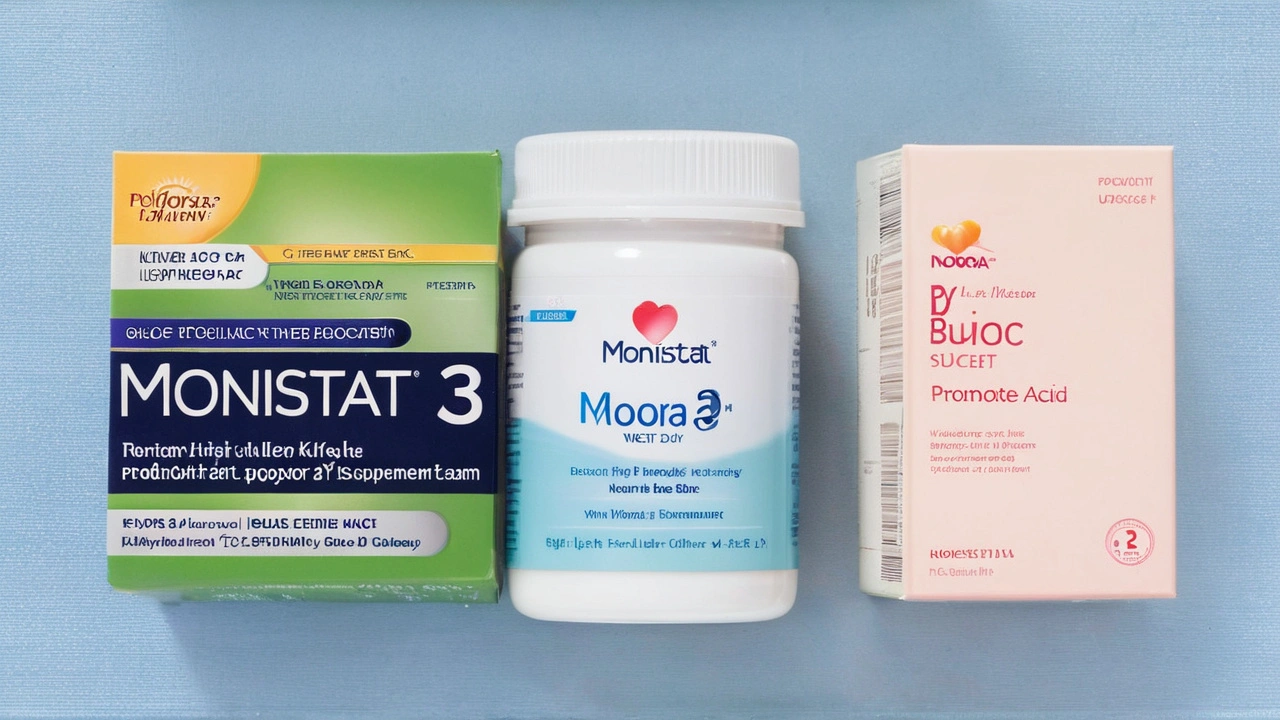Yeast Infection Treatments: What Works Best?
If you’ve ever dealt with itching, burning, or unusual discharge, you know a yeast infection can be miserable. The good news? There are several ways to clear it up fast without spending hours Googling vague advice.
OTC Antifungal Options That Really Help
Most drugstores carry creams, tablets, and suppositories that target the fungus directly. Look for products containing miconazole, clotrimazole, or tioconazole. These ingredients are proven to stop growth within a few days.
Apply the cream inside the vagina (or on the outer skin) exactly as the package says—usually once daily for three to seven days. If you prefer pills, a single dose of fluconazole works for many people and is easy to remember.
Prescription Choices When OTC Isn’t Enough
When over‑the‑counter meds fail or the infection keeps coming back, a doctor can prescribe stronger drugs. Oral azoles like itraconazole or higher‑dose fluconazole are common choices.
Your provider may also check for underlying conditions such as diabetes or a weakened immune system that could be fueling the yeast growth. Treating those issues helps keep future infections at bay.
Besides medication, simple lifestyle tweaks can speed recovery. Wear breathable cotton underwear, avoid tight leggings, and change out of wet clothes (like swimsuits) promptly. Sugar‑rich foods feed yeast, so cutting back on sweets may reduce how often you get sick.
If you like natural routes, a few home remedies have modest support. Yogurt with live cultures applied topically can soothe irritation, while taking probiotic supplements may help balance vaginal flora over time. Remember, these aren’t replacements for proven antifungals but can complement them.
When symptoms linger past a week despite treatment, or you notice severe pain or fever, seek medical attention right away. Those signs could mean a more serious infection that needs different care.
Bottom line: start with an OTC antifungal that matches your comfort level, follow the directions fully, and add simple hygiene habits. If it doesn’t clear up, a quick doctor visit gets you stronger prescription relief and checks for hidden causes. With the right approach, yeast infections become a short‑term inconvenience rather than a long‑lasting problem.

Effective Yeast Infection Treatments: Top Creams, Pills, and Preventive Options Evaluated
Medical News Today provides a comprehensive overview of effective treatments for yeast infections, from over-the-counter creams to prescription pills. It highlights specific products for various needs, with a strong emphasis on scientific evidence and safety. Consulting a healthcare professional is advised for accurate diagnosis and treatment.
Read More